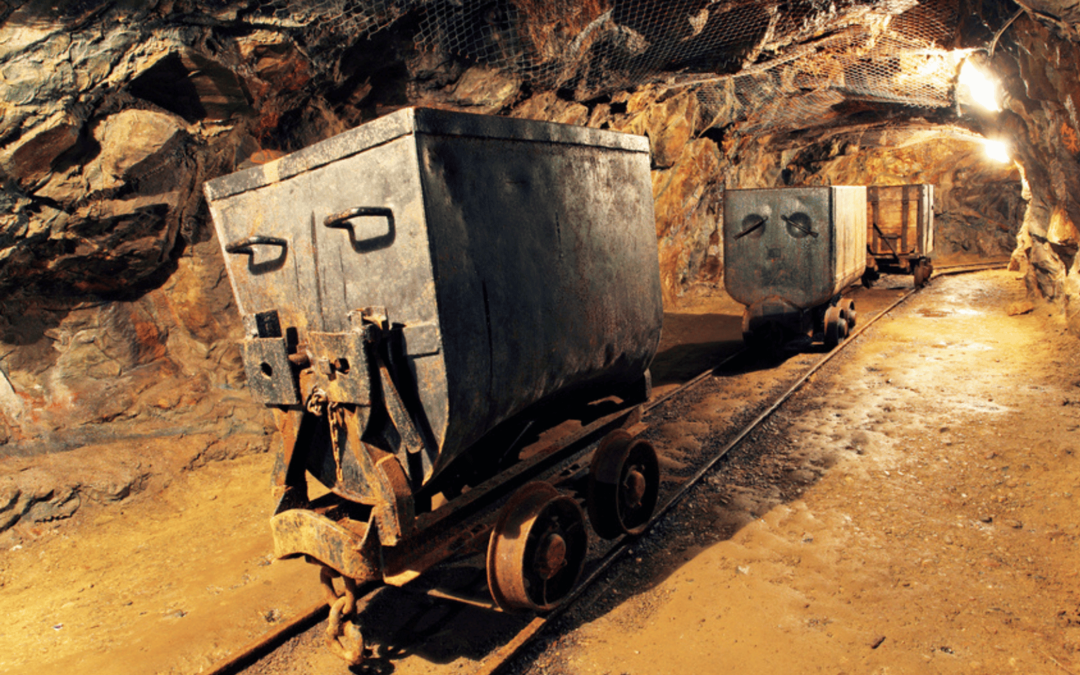Copper Recovery Using Green Hydrogen Can Cut Carbon Footprint by 96%: Study
Harnessing renewable energy, particularly green hydrogen, for copper recovery from electronic waste offers a sustainable alternative to conventional mining.
Copper recovery from electronic waste coupled with renewable energy sources such as green hydrogen can reduce carbon footprint by up to 96 percent compared to conventional mining, according to a recent study.
A research paper published in the Journal of Cleaner Production revealed that carbon recycling could lower the consumption of fossil fuels and, thus, carbon emissions.
It can also reduce the extraction of copper, alleviating the environmental impact in countries such as Chile, Peru and the Democratic Republic of Congo, which constitute almost 50 percent of the global production.
Copper’s Role in Energy Transition
“Electrification is the cornerstone of the energy transition and decarbonization, and two key pillars for electrification are renewable energies and electric mobility, which heavily rely on copper,” said Jorge Torrubia, lead author of the study and a researcher at Universidad de Zaragoza.
The rising adoption of renewable technologies is driving demand for copper, for instance:
- Photovoltaic panels require 3.7–4.6 tons of copper per megawatt.
- Wind turbines consume 1–5 tons/MW.
- Electric vehicles use four times more copper than traditional combustion vehicles.
The demand for these technologies will surge due to the decarbonization efforts, increasing the demand for copper with them.
Projections estimate that 550 million tons of copper will be extracted in the next 25 years, which is equivalent to the amount of copper that has been mined over the past 5,000 years.
Against this backdrop, recovering copper from waste electrical and electronic equipment offers an environmentally sustainable option.
“WEEE are highly promising secondary source of copper since they were the largest copper-bearing waste globally generated between 1980-2010. Additionally, WEEE generation is increasing by 3-5 percent annually, three times faster than the municipal solid waste,” said Torrubia in the study.
Sustainable Copper Recovery Scenarios
Researchers examined three scenarios for copper recovery using advanced simulation tools and life cycle assessment methodologies:
- Traditional fossil fuel-based recycling.
- Green hydrogen-powered recycling.
- Hydrogen-powered recycling using grid electricity.
The findings revealed that green hydrogen option emerged as the most sustainable, yielding a carbon footprint as low as 0.1 to 0.2 kilograms of carbon dioxide equivalent per kilogram of copper.
However, hydrogen production through grid electricity increased emissions, even exceeding those of conventional recycling methods. The findings emphasized the need for renewable energy integration to realize the full benefits of a circular economy.
Challenges and Opportunities in WEEE Recycling
Copper recovery from WEEE, particularly from waste printed circuit boards, is challenging. WPCBs, a growing hazardous waste component, contain plastics that release toxic gases when burned.
While these plastics can partially replace coke as a reducing agent in smelting, their combustion significantly offsets carbon savings.
Consequently, separating plastics before recycling could mitigate these emissions and create opportunities for innovative uses of plastic waste.
As the world embraces renewable energy and the electrification of transportation, leveraging electronic waste as a copper source not only addresses the growing demand for this crucial metal but also paves the way for a more circular economy.
Also Read:
World Leaders Unite to Curb Methane Emissions From Organic Waste at COP29

